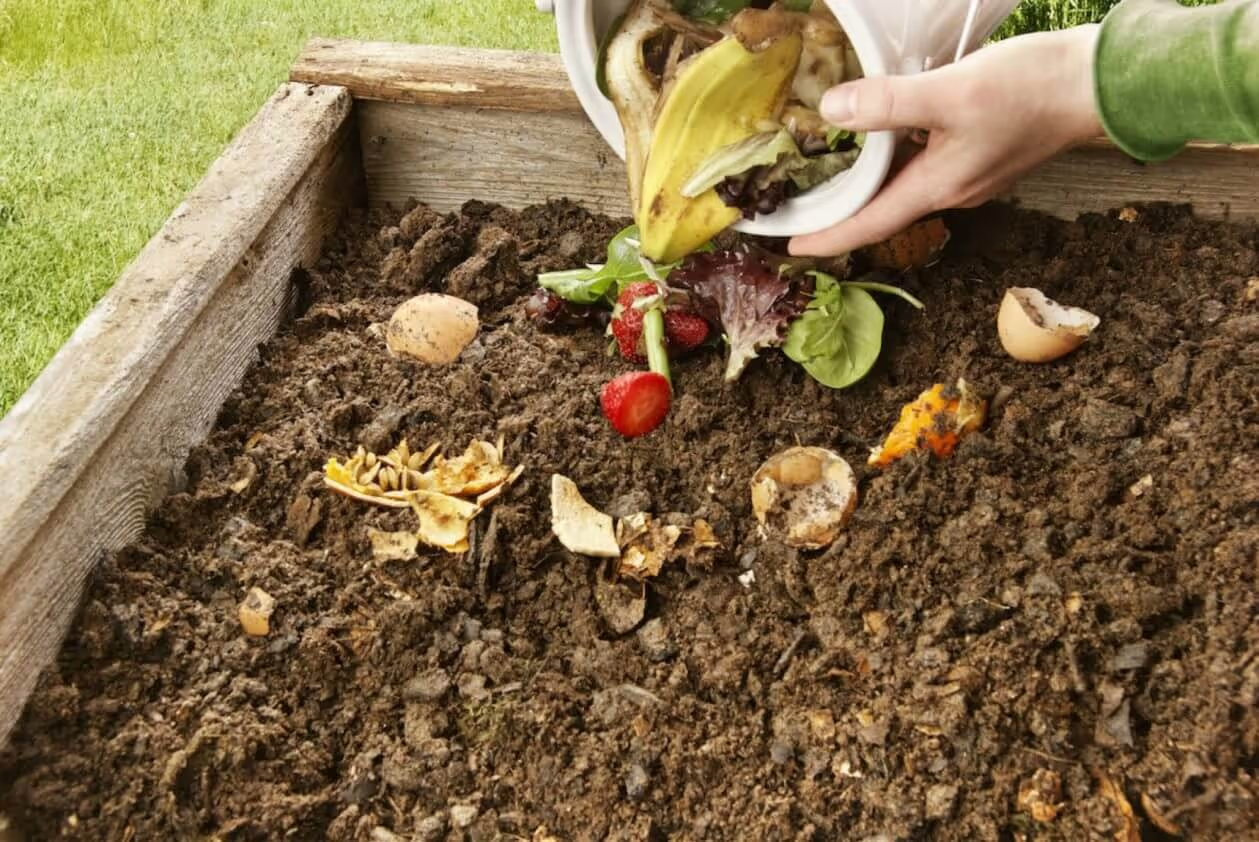Increasingly, many corporations are marketing their products with eco-friendly manufacturing and production alternatives. The concept of green marketing has helped companies gain leverage and enter a niche market of conscious consumers. Knowing what each of these means can change the way we make consumption decisions and become more aware of the footprint we create. The wastes we generate from our consumption can have more desirable alternatives to landfills and ocean dumping. Understanding concepts like composting, biodegradability, and recyclability is a key first step in processing waste that is environmentally friendly.
It’s very common for us to use these terms inter-relatably. It’s easier to use them in tandem since all three terms connote their basic principle of sustainability. But the key difference lies in how long they are sustainable and what are the after-effects of such processes. Why this affects us is that it decides the manner in which we manage our wastes and influence consumer decisions.
How Can Composting Be Beneficial and How To Make Your Own Compost?

The wastes we generate sometimes can be organic and easily degradable. So instead of dumping them into the bins that reach in the landfills, an alternative sustainable way is to build a compost. When the period of decomposing and converting into minute organic matter takes about six to eight weeks, then the wastes can be classified as compostable. These wastes need specific conditions and resources to completely decompose. This helps to reduce organic wastes by encouraging households to make their own composts, thus supplementing their home gardens with rich nutrients. A significant deterrent faced by the domestic waste management process is that more than half of the resources are directed towards segregation and transportation and very less towards recycling and recovery. Thus composting helps us eliminate wastes at source and prove to be an effective alternative to landfills.
Making compost at home is very simple but requires the utmost dedication. An ideal compost must consist of nitrogen and carbon-rich wastes. The more the carbon content, the faster it is for them to decompose. Carbon-rich items include stems, eggshells, dried leaves, peels, wood ash, and so on whereas nitrogen-rich items include green leaves, food scraps, and manure. Different components decompose at different rates but they break down eventually – the smaller the pieces, the faster it is to break down. Compost can be created using various layers of dried and wet wastes to make the process more efficient. Your compost can consist of both food and yard waste and it can be built in the yard itself or compost bins based on the available resources.
What are Biodegradable Wastes and How are Companies Embracing Biodegradable Content in Production?

Biodegradable is also a process of decomposing wastes naturally but with no specific timeframe. These wastes take a longer time to break down and it is a loophole used by companies to market their products are biodegradable. There is no specific composition to meet or a particular timeframe within which they need to be decomposed. Many companies hide under this veil to label their products as biodegradable even if the decomposable content is as less than 30%. Though they take their own time to decompose, they do not require any type of chemical additives to supplement the process which makes it environmentally less hazardous.
If a biodegradable spoon might consist of 70% organic and 30% plastic, it can still be marketed and packaged as biodegradable. The key lies in these smaller details since most of these biodegradable products, on reaching landfills fail to decompose as they lack the adequate amount of oxygen.
How is Recycling Helping Us?

The goal of recycling is to reduce the wastes in landfills. By doing so, we are able to create a new utility for the products by finding alternate ways of reuse. Any product when recycled can be made into the same product or can be made into a product of lower quality grade. Plastics are not the only ones that can be recycled – aluminum, steel cans, paper, electronics, and even our clothing. In many production processes, the raw materials used are recycled inputs instead of using new inputs.
The environmental debate surrounds around whether recycling is a sustainable solution since the process of recycling itself puts a strain on resources and energy. However, it is a better alternative to landfills, let alone the costs we incur in producing newer ones and their environmental impact thereby.
The common goal all the three aims to achieve is in managing wastes efficiently and moving towards a more sustainable, green society. We ought to do everything at our disposal – compost, biodegrade, recycle – to eliminate the entry of wastes into the landfills and oceans. So the next time you buy a product – be it food, books, clothes, make it your due responsibility to check the packaging details to see the impact your purchase has on the environment.
Start taking care of your plastic waste and go Plastic Neutral with us today. Do your part in helping keep the oceans safe by acting on your plastic footprint for about the price of a coffee a month!



.avif)





